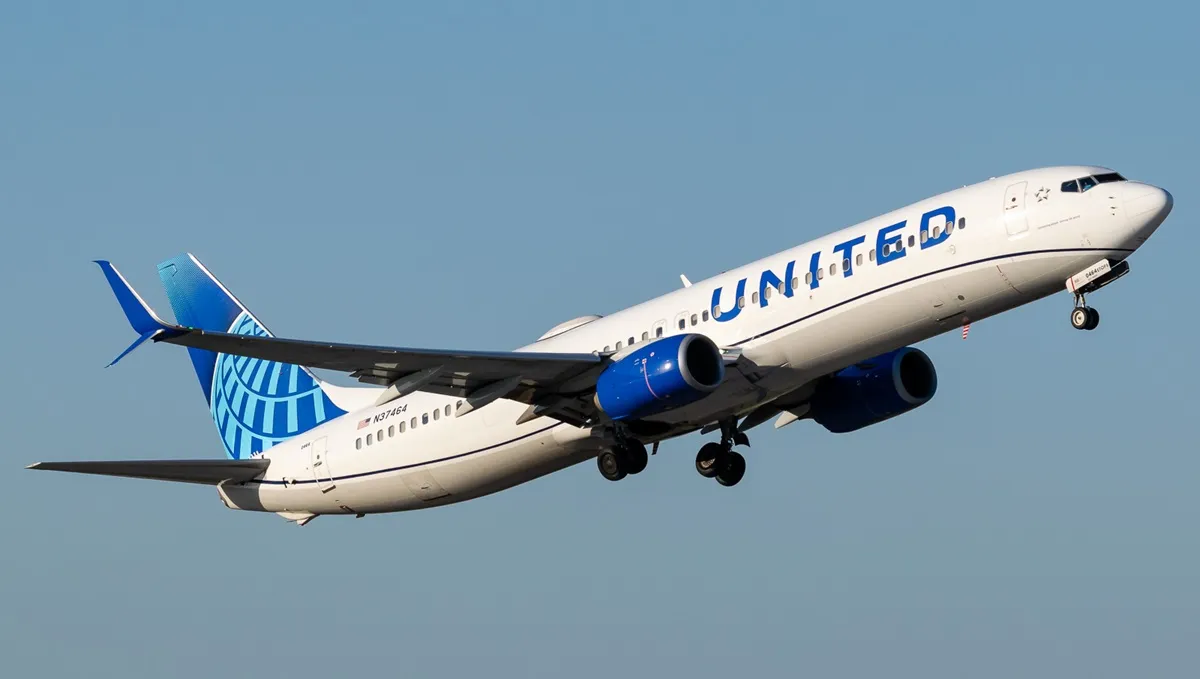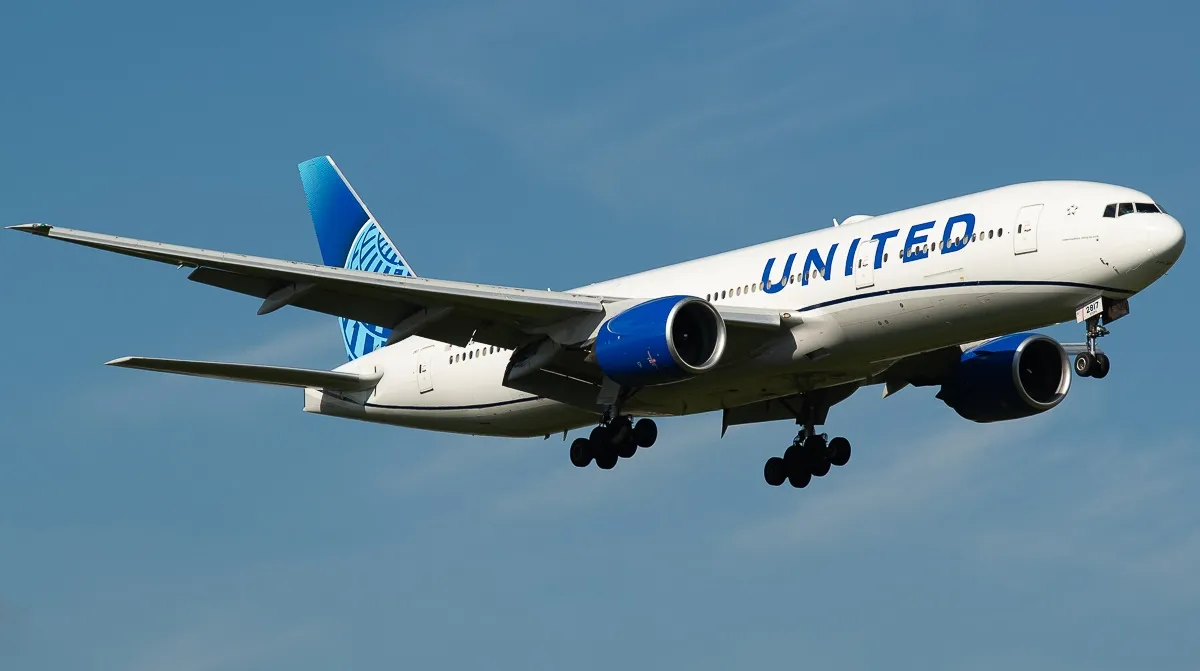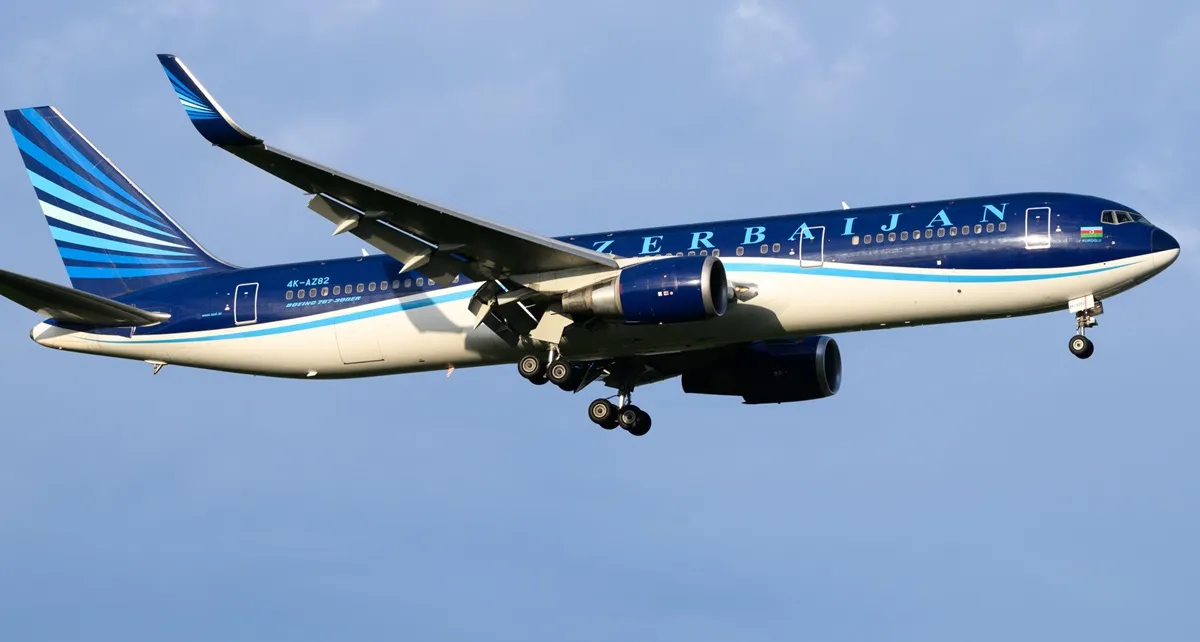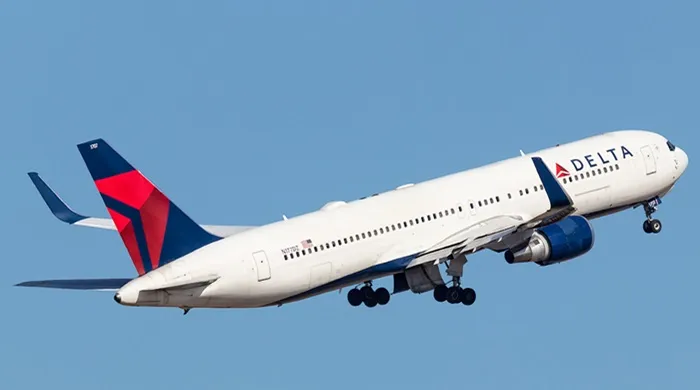
The International Air Transport Association ( IATA) defines coordinated airports as airports where operational demand exceeds capacity, thus requiring coordination. Authorities then adjust times and levels of operations to ensure seamless operations. According to IATA, there are three levels of coordination:
- Level 1 - no coordination required as the airport is capable of meeting demand
- Level 2 - there is potential for congestion at peak times, days, or seasons. At Level 2 airports, airlines agree to schedule changes
- Level 3 - These airports are slot controlled because demand significantly exceeds airport capacity. Independent slot coordinators approve any slot changes
A slot is defined by the Federal Aviation Administration (FAA) as an authorization to either take-off or land at a particular airport on a particular day during a specified time period.
In the United States (US), there are only six Level 2 airports:
- Chicago O’Hare International Airport (ORD)
- Newark Liberty International Airport (EWR)
- Orlando International Airport (MCO)
- San Francisco International Airport (SFO)
- Seattle-Tacoma International Airport (SEA)
- Los Angeles International Airport (LAX)
**Orlando and Seattle only have Level 2 for international gates/flights.
Of the six airports above, five of them are hubs for one of the ‘Big Three’ airlines; United Airlines, Delta Air Lines, and American Airlines. At the four airports except Orlando and Seattle, slot facilitation is handled by the FAA and the airport authorities.
What the process looks like in the US
According to the FAA, Level 2 airports have facilitators, while Level 3 airports have coordinators. Their roles are similar but both are governed by different principles for managing scheduling processes. At Level 2 airports, the goal is to foster collaboration.
By encouraging collaboration, Level 2 airports can remain at that level rather than being increased to Level 3. By airlines working together, airports are kept within their operational capacity limits. Though collaboration is encouraged and seeking approval is voluntary, the FAA expects airlines to do so.
If an airline chooses to operate new flights without seeking approval and the airport is pushed into Level 3, the airline will be penalized. The FAA says,
“If a carrier chooses to operate a flight without approval from the FAA and the airport subsequently transitions into Level 3 status, the carrier would not receive priority for any flights not approved by the facilitator when the Level 3 historic baseline is established. This could ultimately result in the carrier being unable to continue similar service.”
According to data from Cirium, an aviation analytics firm, of the four Level 2 airports above, Chicago is the busiest by number of flights. In November, ORD has 29,531 scheduled departures. LAX is next, with 20,746 flights. Newark and San Francisco have similar numbers, 15,630 and 15,413, respectively.
Chicago O’Hare International Airport
O’Hare is one of the busiest airports in the US and, as mentioned above, the busiest Level 2 airport. American and United both have hubs in Chicago, but United is by far the busiest airline there. Nearly 50% of the scheduled departures in November are United flights.
Data shows there are 14,850 United departures compared to American’s 9,757. United’s seat offering in November is 1,811,212, while American has 1,032,149. The third-busiest carrier at the airport is Delta, with just 1,104 flights.
More than 3,000 international departures are scheduled from ORD, operated by 37 different airlines. Again, United has the largest market share, operating flights to Asia, Europe, and South America.
Los Angeles International Airport
LAX, as the airport is commonly known, is world-famous. The Southern California airport is a hub to all three of the ‘Big Three’ carriers but they are not the only ones with a large presence there. Southwest Airlines and Alaska Airlines also have a significant number of flights.
Nearly 75% of the departures scheduled at LAX this month are operated by the five airlines listed above. Delta is the busiest carrier at LAX, with 4,106 flights. The busiest route is to Hartsfield Jackson Atlanta International Airport (ATL), with up to 12 daily roundtrips.
Delta has just over 400 more flights than United, and American is not far behind. United has 3,696 departures scheduled in November, while American has 3,529.
The breakdown of the five busiest carriers is below:
- Delta Air Lines - 4,106 flights
- United Airlines - 3,696 flights
- American Airlines - 3,529 flights
- Southwest Airlines - 2,049 flights
- Alaska Airlines - 2,035 flights
Newark Liberty International Airport
In Newark, United faces virtually no competition. In November, the airline has more than 70% of the airport’s flights. This is because the New York area has three major airports.
EWR is located in New Jersey, to the West of New York City. Two other major airports are located in area but on the New York side, John F. Kennedy International Airport (JFK) and LaGuardia Airport (LGA). United does not operate at JFK, where American and Delta dominate.
In Newark, United’s departures fall just shy of 11,000 in November. Of the 15,630 flights, 10,964 are United flights. The second-busiest carrier in Newark is Spirit Airlines, with 843 flights.
San Francisco International Airport
Over in San Francisco, United is also the busiest carrier, but its market share is not as much as in Newark. At the California airport, United has just over 50%. Although it has a smaller market share, United has nearly four times as many flights as Alaska Airlines, the second busiest carrier at SFO.
In November, United has over 8,000 departures scheduled and more than 1.3 million seats. Alaska has just over 2,000 flights and 259,862 seats.



